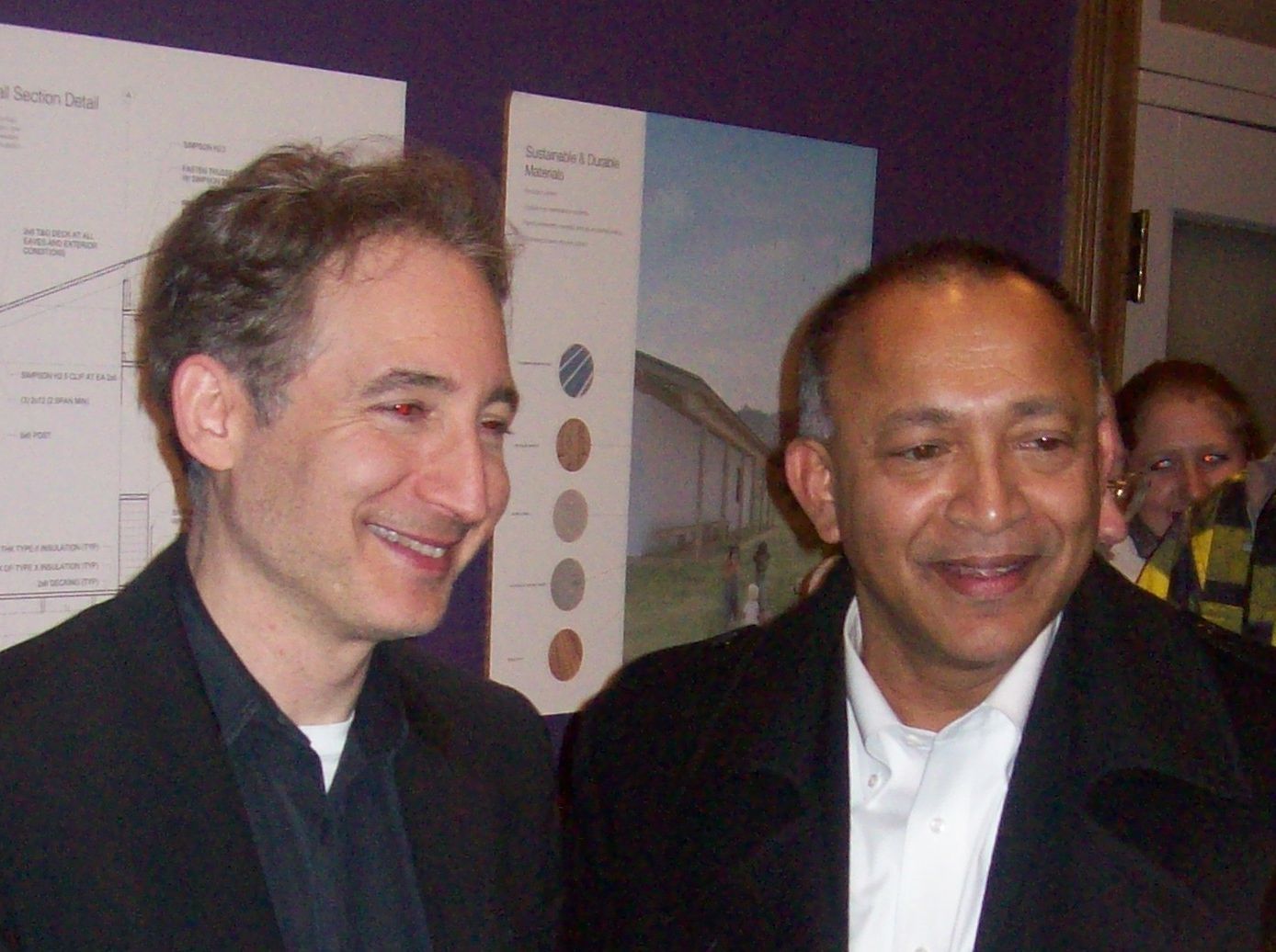Sep 26, 2013
Grindhouse Wetware — Support Open Source Transhumanism
Posted by Lucas Dimoveo in categories: biotech/medical, business, open source
Grindhouse Wetware is a collective of makers and engineers founded on a basic principle – human augmentation should be accessible and open. All of our devices are built off of open source platforms. This allows our users to peer into the hardware and code of their implanted device and truly control their augmented experience. Grindhouse Wetware’s devices are tailored to Makers and DIY Transhumanists that want to build a specific, unique augmentation. What do you want to be?
After three years of development, our flagship project – Circadia, is in its final stages. Grindhouse Wetware is seeking financial support from individuals or organizations to facilitate the production of this device.
The Circadia implant records bio-medical data and transmits it to the user’s phone via bluetooth. Instead of a snapshot of the user’s state of health, the Circadia records the up-to-date status of the their well being. Grindhouse Wetware firmly believes that once an implant has been installed in an individual, it becomes a part of their person. As such, the data generated by the Circadia belongs to the user.
If you are interested in supporting Grindhouse Wetware and the Circadia implant, please contact me at lukasdimoveo@gmail.com or 631−715−9209
Continue reading “Grindhouse Wetware — Support Open Source Transhumanism” »










